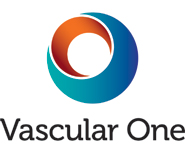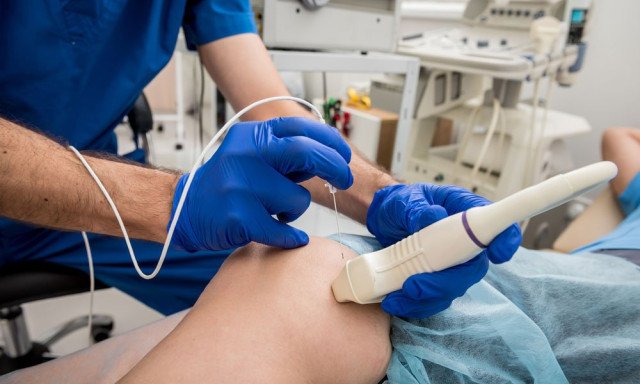None of the scans performed at Vascular One are 'internal' so you will not be required to remove your underpants. Depending on what blood vessels are being assessed, the following clothing is recommended:
Cerebrovascular (Neck arteries): A shirt or blouse that is loose around the neckline or that can be unbuttoned to expose the throat and clavicle. You may also be asked to remove jewellery from around the neck area.
Upper Limb/Arms (arteries or veins): Wear separates so that your shirt or blouse can be removed easily to expose your arms. If you need to remove your bra, you will be provided with a drape, blanket or disposable gown, however usually it is sufficient to simply lower your bra strap while the blood vessels around your shoulder are being checked.
Lower Limb/Legs (arteries or veins): Wear separates so that your trousers or skirt can be easily removed to expose your legs. Long skirts or dresses can be a nuisance, particularly when standing for the venous reflux examination. Boxer shorts are not recommended as they make accessing the groin area difficult. You will be provided with a drape or a disposable gown if necessary. Please do wear underpants.
Abdominal (arteries or veins): Wear comfortable clothing so that your abdomen can be easily exposed when you are lying on the examination couch. Tight or restrictive garments, such as step-ins, will need to be removed. If you require a gown, drape or blanket, this will be provided.




